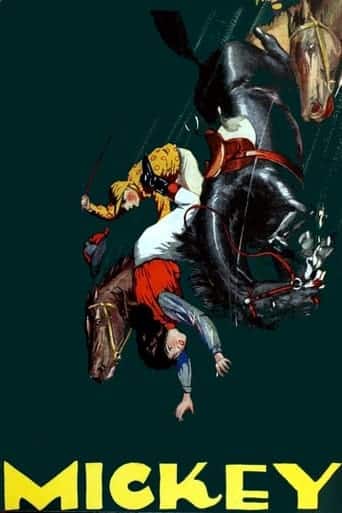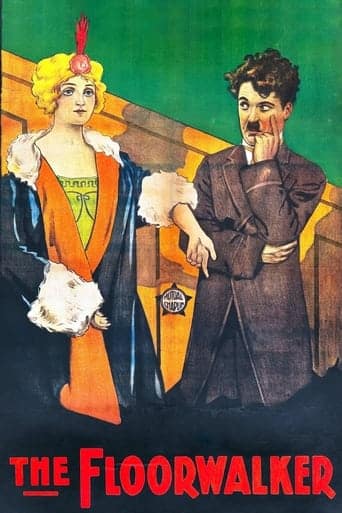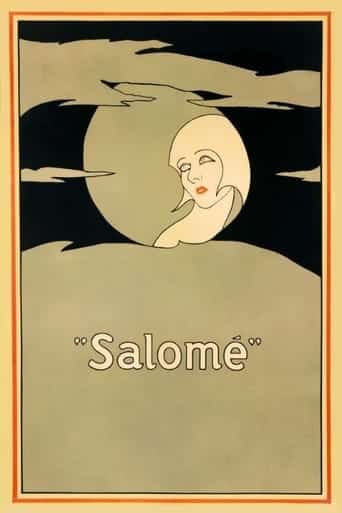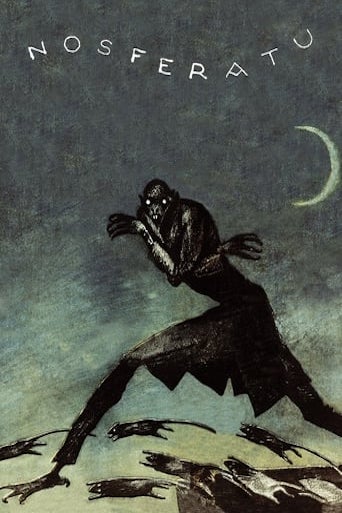Mickey (1918)

 “Mickey,” directed by F. Richard Jones and James Young, is a silent film that seamlessly blends comedy and romance.
“Mickey,” directed by F. Richard Jones and James Young, is a silent film that seamlessly blends comedy and romance.
Starring Mabel Normand in the lead role, the film explores themes of love, wealth, and societal expectations in a captivating and humorous manner.
The story revolves around Mickey, an adult orphan raised in poverty near Feather River, California, by an unsuccessful miner named Joe Meadows and his housekeeper, Minnie. Mickey’s upbringing has been far from refined, embodying the free-spirited nature of the daughter of Joe’s deceased partner. At the request of Mickey’s dying mother, Joe has taken charge of her, becoming a father figure in her life.
However, circumstances take a turn when Mickey is sent to live with her affluent aunt, Mrs. Drake, in Great Neck, Long Island, part of suburban New York City. Mrs. Drake, unaware of Mickey’s humble background, expects her to be wealthy and well-mannered. Upon Mickey’s arrival, the truth unfolds, leading to her being treated as a servant in the luxurious Drake household.
The narrative takes an interesting turn as a love triangle develops involving Mickey, her cousin Elsie, and Herbert Thornhill, a young mining executive whom Mickey had previously encountered in California. The dynamics of wealth, love, and societal expectations come into play, creating a series of comedic and heartwarming moments.
Mabel Normand’s portrayal of Mickey is a testament to her versatility as an actress. Mickey’s character is defined by her spirited nature and lack of refinement, providing Normand with ample opportunities for physical comedy and emotional depth. Normand captures the essence of Mickey’s journey—from a carefree miner’s daughter to a reluctant servant in her aunt’s home.
George Nichols brings warmth and sincerity to the character of Joe Meadows, the miner who becomes Mickey’s surrogate father. His role emphasizes the contrast between the simple, genuine life in California and the opulence of the Drake household in New York.
Wheeler Oakman takes on the role of Herbert Thornhill, a young mining executive caught in a romantic entanglement. Oakman portrays Herbert with a mix of charm and vulnerability, creating a character torn between societal expectations and genuine affection for Mickey.
Minta Durfee’s portrayal of Elsie Drake adds another layer to the love triangle. Elsie’s character, engaged to Herbert, grapples with her feelings as Herbert’s attention shifts towards Mickey. Durfee brings a touch of complexity to Elsie, navigating the challenges of love and social status.
Laura La Varnie embodies the role of Mrs. Drake, Mickey’s affluent aunt. Mrs. Drake’s initial disappointment upon discovering Mickey’s true background sets the stage for comedic situations. La Varnie captures the character’s transformation as perceptions of Mickey change with the revelation of newfound wealth.
The film explores the impact of societal expectations on individuals, particularly regarding class and social status. Mickey’s journey from California to New York highlights the contrasting worlds and the expectations placed on her by her aunt and society.
The love triangle involving Mickey, Herbert, and Elsie delves into the complexities of romantic relationships. The characters navigate love, heartbreak, and societal pressures, providing a nuanced exploration of human emotions.
The film plays with the theme of wealth and its perception, showcasing how people’s attitudes can change based on financial status. Mickey’s sudden wealth alters her aunt’s opinion, reflecting the superficial nature of societal judgments.
Memorable scenes include Mickey’s arrival at her aunt’s luxurious home, where she is treated as a servant, setting the tone for the comedic elements and the exploration of class dynamics. The evolving dynamics of the love triangle provide moments of both humor and genuine emotion. The climactic horse race sequence, where Mickey takes on a jockey’s role, adds an element of excitement and showcases the character’s determination and courage. The suspenseful scene where Herbert rescues Mickey from a perilous situation on the rooftop adds a touch of action to the film, blending different genres seamlessly.
In conclusion, “Mickey” stands as a testament to the artistry of silent film, with Mabel Normand’s charismatic performance at its center. The film successfully navigates themes of love, societal expectations, and the impact of wealth on human relationships. While embodying the comedic spirit of the era, it also offers moments of genuine emotion and social commentary.
The ensemble cast, including George Nichols, Wheeler Oakman, Minta Durfee, and Laura La Varnie, contributes to the film’s overall appeal. Each actor brings depth to their characters, elevating the narrative and engaging the audience in the intricacies of the plot.
As a silent gem from the early years of cinema, “Mickey” remains a delightful watch, inviting audiences to explore a bygone era and appreciate the timeless themes woven into its narrative. In the realm of silent comedy and romance, “Mickey” continues to shine as a classic example of storytelling that transcends the limitations of dialogue, leaving an enduring impact on film history.
Release Date: August 16th, 1918
Main Cast Members
Mabel Normand (Mickey)
George Nichols (Joe Meadows)
Wheeler Oakman (Herbert Thornhill)
Minta Durfee (Elsie Drake)
Laura La Varnie (Mrs. Geoffrey Drake)
Lew Cody (Reggie Drake)
Tom Kennedy (Tom Rawlings)




